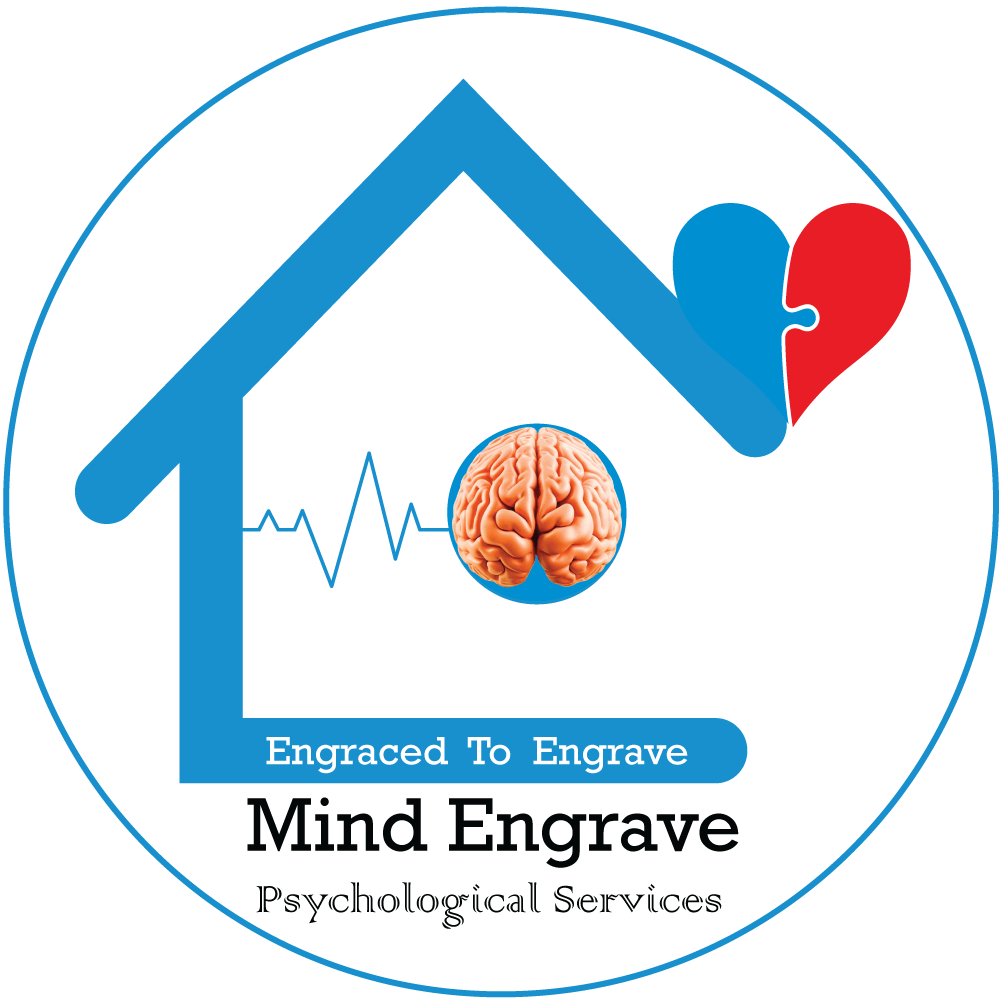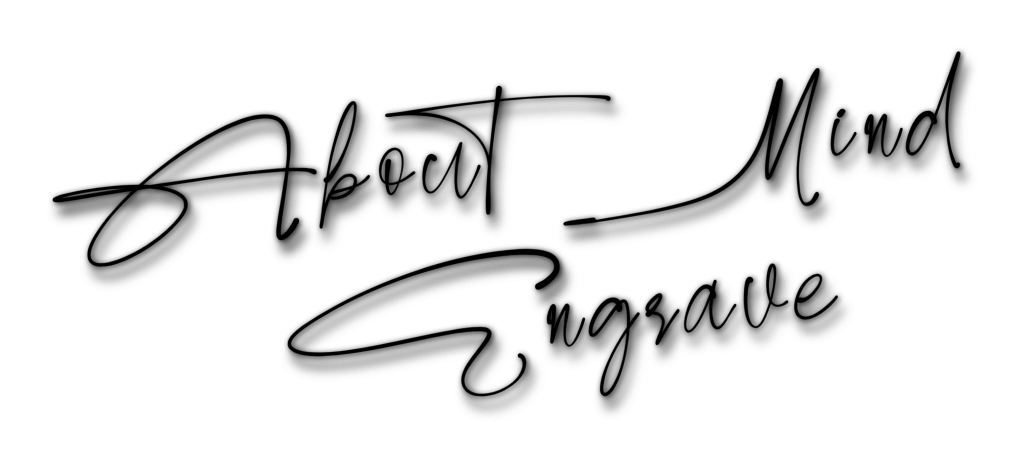Thriving Relationships: The Power of Continuous Growth & Learning
Relationships, marriages are ruined where one person continues to learn, develop, and grow and the other person stands still.
– Catherine Pulsifer
This quote encapsulates the essence of growth, change, and stagnation within relationships and marriages. It’s a reminder that a healthy and thriving partnership requires both individuals to be committed to personal growth and development. Let’s dive into the nuances of this quote and explore why it holds so much truth.
Relationships, whether romantic or otherwise, are dynamic. They’re not static entities but living, breathing interactions between two unique individuals. When one person within the relationship is continually learning, evolving, and expanding their horizons, while the other remains stagnant, it creates a significant imbalance. This imbalance can lead to frustration, dissatisfaction, and ultimately, the deterioration of the relationship.
Imagine a scenario where one partner is actively seeking new experiences, setting and achieving goals, and embracing personal development. They’re excited about life, eager to learn, and open to change. On the other hand, their partner resists change, remains content with the status quo, and shows no interest in personal growth. Over time, this divergence in mindset and lifestyle can lead to distance between the partners.
A successful relationship requires both individuals to be on a similar wavelength when it comes to personal growth. When both partners are committed to their individual growth journeys, they naturally bring fresh perspectives, new ideas, and enhanced self-awareness into the relationship. This fosters an environment where both individuals support and uplift each other in their pursuits.
Conversely, when one person remains stagnant while the other flourishes, it can lead to resentment and feelings of being left behind. The partner who’s actively growing might start to feel like they’re carrying the relationship’s weight, while the other person is simply along for the ride. This can breed frustration and disillusionment, eroding the foundation of trust and connection.
The quote also speaks to the importance of compatibility in growth trajectories. While it’s healthy for individuals to have their own interests and pursuits, a significant discrepancy in personal growth can strain a relationship. Partners should ideally be able to share and celebrate each other’s successes and endeavors. If one person’s growth journey takes them in a direction that’s fundamentally incompatible with the other’s, it can lead to a disconnect.
Communication is key in navigating this aspect of relationships. If you find yourself in a partnership where you’re experiencing different levels of growth, it’s important to have open conversations. Express your aspirations, share your concerns, and listen to your partner’s perspective. Maybe they’re feeling stuck for reasons you’re unaware of, or perhaps they’re open to exploring new paths together.
Ultimately, the quote underscores the dynamic nature of relationships. It emphasizes that for a partnership to thrive, both individuals need to be actively engaged in their personal growth journeys. It’s not about comparing achievements or keeping score, but about fostering an environment where both partners feel supported and encouraged to become the best versions of themselves.
In essence, the quote invites us to reflect on our relationships and consider whether we’re both contributing to each other’s growth. It encourages us to be open to change, to embrace new experiences, and to support our partners in their endeavors. When growth is a shared value, it becomes a powerful catalyst for deepening the bond and creating a lasting, fulfilling connection.

Odusanya Adedeji
Odusanya Adedeji A., is a Licensed & Certified Clinical Psychologist whose domain of expertise cuts across management of specific mental health issues such as, Depression, PTSD, Anxiety & Anxiety related disorders, substance use disorder, etc








